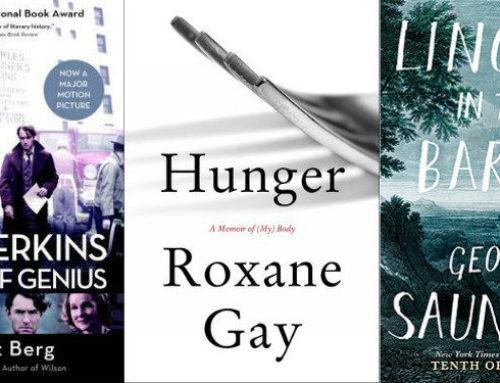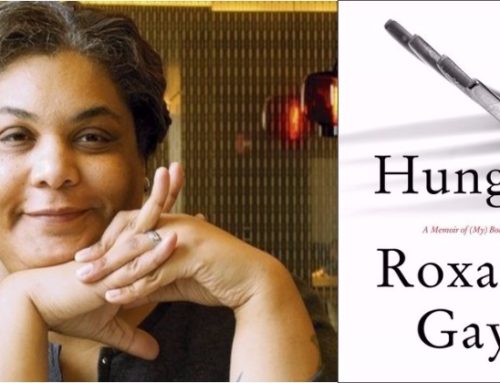 Water and Abandon by Robert Vivian
Water and Abandon by Robert Vivian
My rating: 4 of 5 stars
Disclosure: The author of this book is a mentor and friend. (In fact, there’s a picture of us in the header of this blog.) But as someone who has closely read all of his novels I believe I can offer a clear-eyed take on the style and structure of his work without fear of bias. So, here’s what I have to say about Water and Abandon.
What is the shape of grief? For Hank Little, whose 17-year-old daughter Kelsey went missing and was found drowned in the Sicangu River one year prior to the opening chapter of Water and Abandon, it is “the apostrophized arch of her foot” dragging a shredded white plastic bag when divers pulled her body from the water. For his wife Sam, it is the evaporated form of an intimacy she once thought she possessed with her cherished daughter. But when an autopsy reveals Kelsey was nearly four months pregnant at the time of her death, Sam realizes she has more than one apparition to contend with. For Javier Martinez, Kelsey’s boyfriend and father of her unborn child, the shape of grief lay in “the dunes of her tight backside or the little dimpled skulls of her kneecaps” and in her bright, shining love that he thought would save him from a hopeless future. In their contemplation of their grief the characters of Robert Vivian’s fourth novel allow their lives to deteriorate until the anniversary of Kelsey’s death demands that they account for the lost year. There is a reckoning of sorts happening here and we walk through it with them questioning whether or not things will be any different for them in another twelve months’ time.
Reading this book is akin to an ongoing meditation as the characters focus hard on their grief and swing back and forth between water and abandon. The “water” is the Sicangu River and all the dead it envelopes. It is as much a character in this novel as any two-footed being, and it holds, soothes, heals and lies just as effectively. The only one who knows this for certain is Ike Parrish, a veteran of the Korean War, who lives a reclusive existence near the river and believes his epileptic seizures are actually “river spells” that allow him to know all that the Sicangu has taken into it, including what happened to Kelsey. The “abandon” is twofold: first, it involves the many instances of Hank, Sam and Javier throwing themselves into extreme experiences, physically and mentally, thinking it will somehow get them to the other side of their grief. Next, it is actual abandonment: Kelsey mysteriously walking away from her family, Hank and Sam virtually abandoning their marriage, Javier abandoning all the good he did while he was with Kelsey, and Kelsey ignoring a dying man’s pleas for her to abandon him.
Vivian’s writing, as always, has a quiet, devastating beauty about it. One can’t help but feel the pain when Sam rushes to the attic in her house because she thinks she hears her daughter calling her:
“But Kelsey was going away even as she was making her way toward her, the light getting smaller and smaller like the rolling of a pencil diminishing with every precious millimeter of turning though the word and the cry kept their bell-tone brightness even as it faded, Sam reaching out to the narrowing spindle of light fast approaching the vanishing point a few seconds before Kelsey’s voice went silent and Sam was left reaching out to nothing in the sudden darkness of the attic, the pinpoint of light gone like a switch turned off somewhere in heaven.”
The downside to reading such gorgeous work is it can be emotionally exhausting as we watch the author dissect these people’s hearts with such aching surgical precision. Plus, Vivian constantly challenges us to take on more and more of what his characters are feeling. This especially happens in the parts of the narrative where he makes us privy to Kelsey’s thoughts and actions in the weeks before her death. We’re put in the uncomfortable position of being like Ike Parrish—we have information the other characters don’t have and we want to give it to them to assuage their grief, but we can’t. There’s also the sad realization that even if we could tell Hank, Sam and Javier what we know, it may not really help. Perhaps that’s Vivian’s point: to show us that with this kind of grief nothing can help, no one can help. These broken characters can only commiserate with those who know the same kind of loss.
The one aspect of this well-crafted novel I would question is the use of these portions written from Kelsey’s point of view. They are wonderfully written, but I believe Kelsey is more present in her absence, just as the powerful personality of the deceased Rebecca is in the Daphne du Maurier novel. The characters in Water and Abandon are not just missing Kelsey—they are missing the way she loved them, the way she moved other people, the way she had of being in the world that formed a necessary light and hope for them. The person who inspires that kind of emotion is already at once real and alive. We don’t need to know more than that even if she is telling us in her own words. In the end the shape of grief is the shape of Kelsey herself. The author can trust that, in showing us the depths of her loved ones’ suffering, he has already drawn her well enough for us to see her and know her for ourselves.


